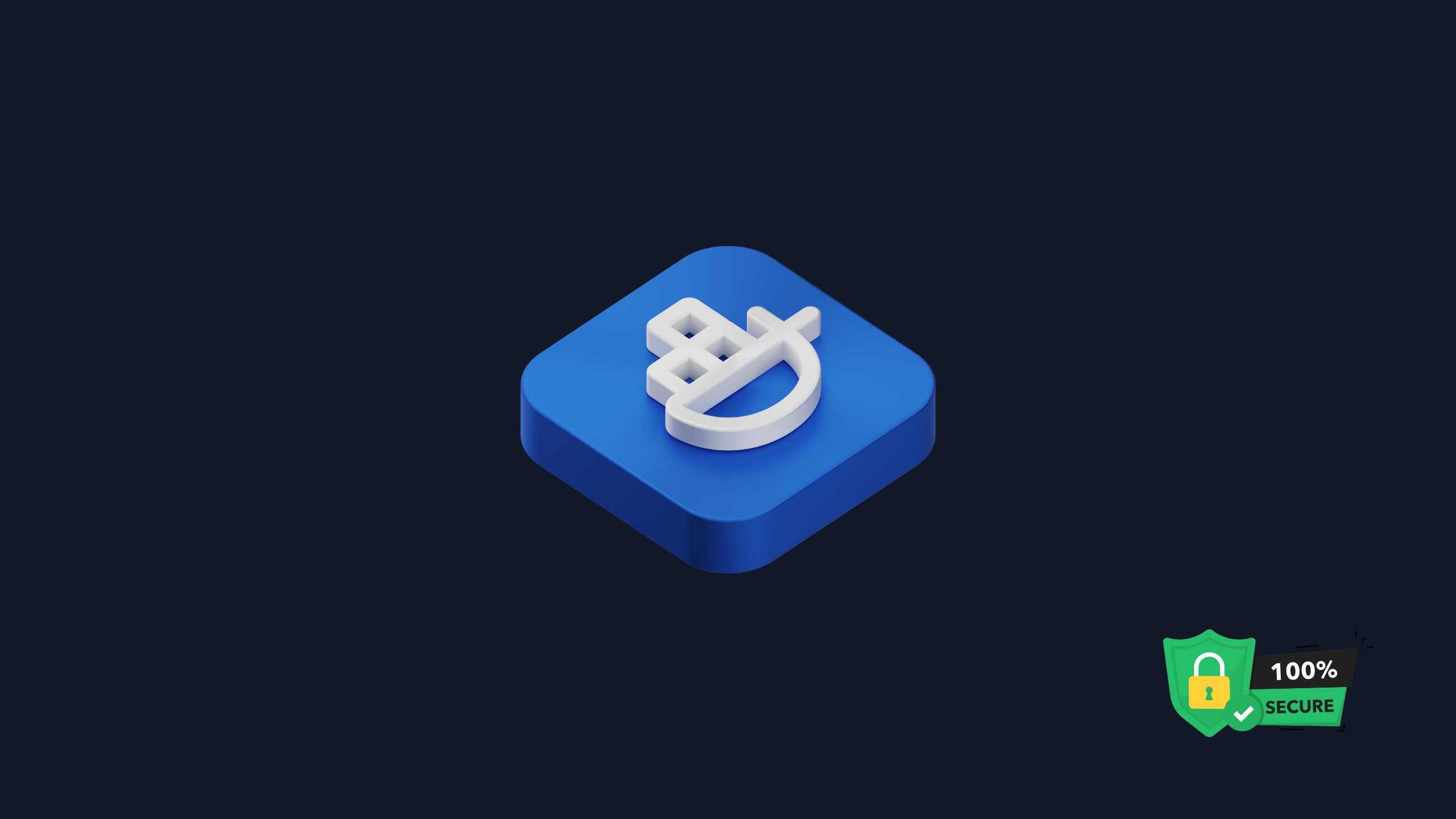Container Security in Link Layer
How MicroVM technology enhances security and isolation in containerized environments

Docker has revolutionized the way applications are built, shipped, and deployed, offering portability, scalability, and efficiency. Without proper safeguards, containerized applications can become vulnerable to attacks. This article will outline how Link Layer leverages MicroVM technology to enhance security and isolation.
Docker is a containerization platform that enables developers to package applications and their dependencies into a single, portable unit called an image. Containers are instances of these images. They are lightweight and also flexible due to the fact that containers share the kernel and resources of the host operating system, making them more efficient than traditional virtual machines.
To put it simply, containers are OS processes with added isolation.
Why are they not as secure?
-
Shared Kernel
- All containers on a host share the same kernel
- A vulnerability in the host kernel can compromise all containers
-
Namespace and cgroup Isolation (Jails)
- Containers rely on Linux namespaces and cgroups for isolation
- Misconfigurations can lead to container escapes and privilege escalations
-
Misconfigurations
- Misconfiguration is the most common way containers become insecure
- Many containers run as root by default, making them prone to escapes
These issues highlight the need for stronger isolation mechanisms, especially in multi-tenant or untrusted environments.
MicroVMs takes advantage of the security and workload isolation provided by traditional VMs and the resource efficiency of containers by packing just enough kernel and drivers to run the application. Each MicroVM boots in milliseconds, consumes minimal memory, and requires fewer CPU cycles compared to traditional VMs. Firecracker is Secure, High Performance, and comes with a very low overhead to run.
Link Layer uses Firecracker, an open-source virtualization technology developed by Amazon Web Services, to run MicroVMs. Firecracker is used by AWS Lambda and Fargate to provide secure and efficient isolation for serverless workloads.
Link Layer also supports integrations with Application Firewalls making it a secure platform for running containerized workloads.